The Future of Sustainable Aviation: Electric Planes and Hydrogen Fuel
There is a lot of talk about sustainability in this tech-driven world, and a lot has been taking place to move toward a sustainable future. Like many
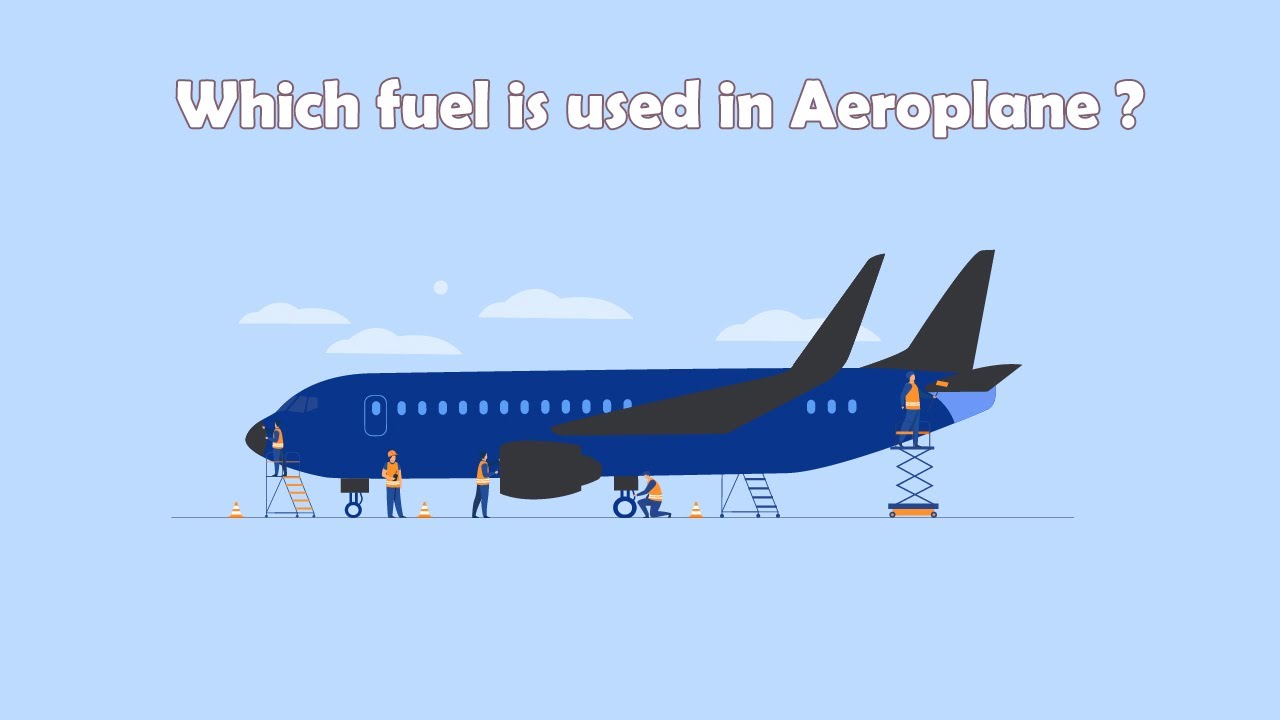
Fuel is anything that produces force by converting energy. The characteristics of petroleum and synthetic fuel generate sufficient power for flight. Commercial aircraft need incredible power to lift off the ground while carrying a load of passengers and cargo.
Wide-body jets, such as the Boeing 777, have a maximum takeoff weight of 247,200 kg. The aircraft can cruise at 905 km/h, powered by the enormous GE-90 engines. The fuel used for the rotation of the heavy compressor shafts and turbine of the jet engine is Jet A1.

The Jet A1 powers airplanes or helicopters with turbine engines operating for commercial or military purposes. There are many aircraft designed for several operations. Each aircraft requires a performance custom-made to its operational requirements. Trainer aircraft are light aircraft intended to carry under 5670 kg. So, they do not need fuel with similar features to that of a large airliner cruising in cold temperatures at 35,000 feet. Here are two major aviation fuels used worldwide.
Aviation Gasoline
This is a common type of fuel used in general aviation aircraft engines. Flight training jets, flying clubs and general aviation fly these airplanes.
Jet Fuels
Various Kerosene-based aviation fuels are used in the commercial aviation market, not just in India but worldwide.
Aviation Gasoline
It is extensively used in the aviation industry. Aircraft with a 5670 kg or less don’t commonly use a piston engine for operations. AVGas is an extensively used fuel in piston-engine aircraft. Applications of small piston-engine airplanes are found in private flying, flight training, agricultural aircraft and floatplanes.
AVGAS
It is now available, incorporating traces of tetraethyl lead. Tetraethyl lead averts the engine from knocking or detonation, both of which can be reasons for unanticipated engine failures. It is an unsafe substance for humans if inhaled.
This type of AVGAS has high lead content. Another fuel type used to make a more sustainable future for aviation is AVGAS 100LL. This fuel is identified by its green colour.
This fuel has a lower lead component and can be recognized by its blue colour.
Jet Fuel
Jet fuel is a kerosene-based fuel extensively used in commercial aircraft with turbine engines.
ØJet A1
It is the most commonly used jet fuel in the commercial airline business. It has a freezing point of just -47 °C, making it the ideal choice for safe flight operations in all weather conditions. Jet A1 is produced from kerosene and comprises additives for enhancing reliability. Static dissipater additives reduce the effect of static charges produced by the movement of aircraft.
ØJet A
It is pretty similar to Jet A1. The key difference is the 40 °C freezing point. Airlines make use of both fuels alternately, and Jet A is extensively used in the U.S.
ØJet B
It is an alternative fuel used instead of Jet A1, Jet A and AVGAS. Jet B has an enormously low freezing point of -76 °C. This makes it helpful for operations in enormously cold areas.
ØJP-8
JP-8 is a military-based fuel composed of 30% kerosene and 70% gasoline, with a freezing point of -60 °C, making it vital in extremely cold climates. Furthermore, owing to its dangerous kerosene-gasoline blends, it is rarely used. JP-8 is a military aviation fuel mainly used by NATO and the US military.
ØTS-1
Russia and the Commonwealth nations rely on this aviation fuel to operate their jets. It has a minimal freezing point of -50 °C, making it vital for flight in cold conditions. Additionally, the TS-1 flash point is 28°C, indicating high uncertainty during combustion.
ØJP-5
It is a kerosene-based jet fuel, widely used in military aircraft. This fuel is a blend of hydrocarbons, including alkanes and naphthenes. There is a higher flash point of 60° C, which allows it to avoid the fire risk associated with the transportation of an aircraft carrier.
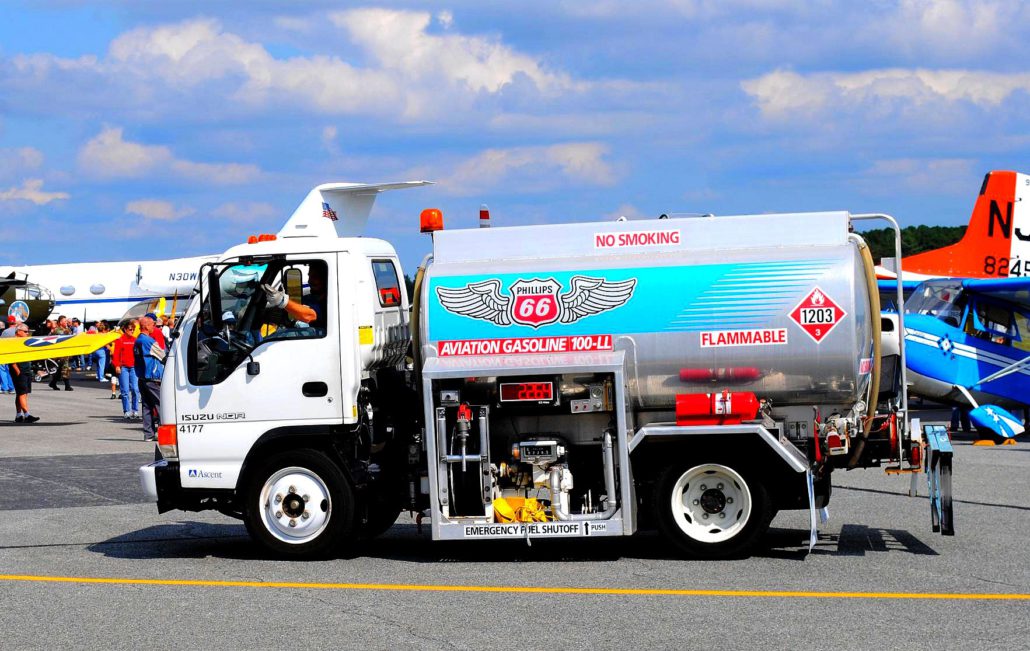
Jet fuel condenses out of crude oil at 180 °C, while AVGAS condenses out at 110 °C. Key differences and additional aviation fuel are explained below.
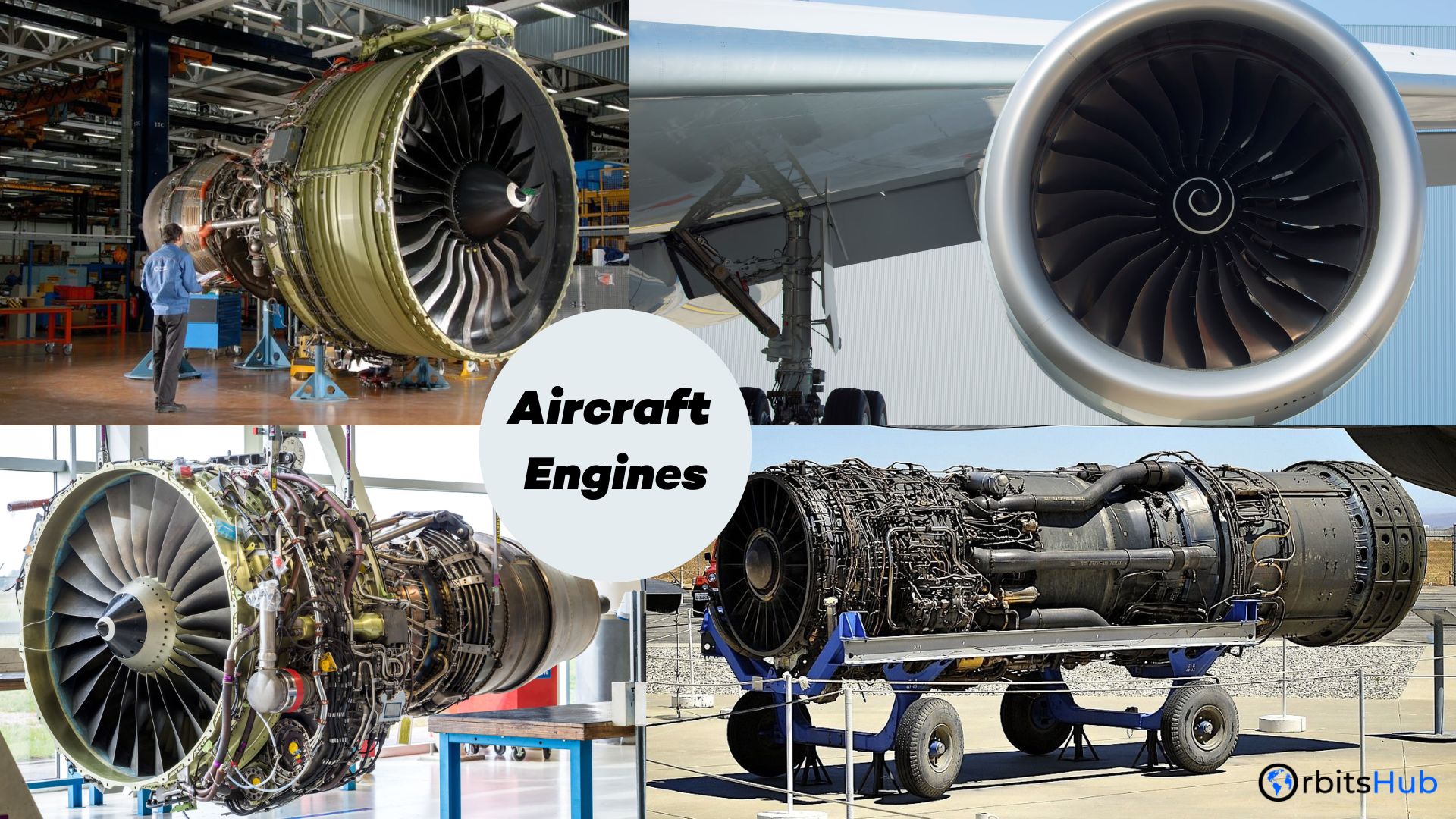
Jet fuel has more precise energy than is essential to produce enough power to cruise, carrying heavy loads at higher elevations. At the same time, AVGAS is used in piston-powered aircraft, envisioned for flight at lower heights with fewer than nine passengers.
Commercial jet fuel has a lower freezing temperature since commercial planes fly at higher altitudes and are recurrently exposed to extremely low temperatures. If the aircraft fuel has a high freezing point, it may freeze in the tanks and manifolds, rendering the engines inoperable. Advanced kerosene-based fuel is extremely flammable and since it burns more efficiently than diesel, it is the most widely used choice among all fuel types.
Gasoline, on the other hand, is adequately flammable, but it is used in heavy engines. Jet fuel has a low viscosity, making it the top choice for the airline industry because of its improved safety.
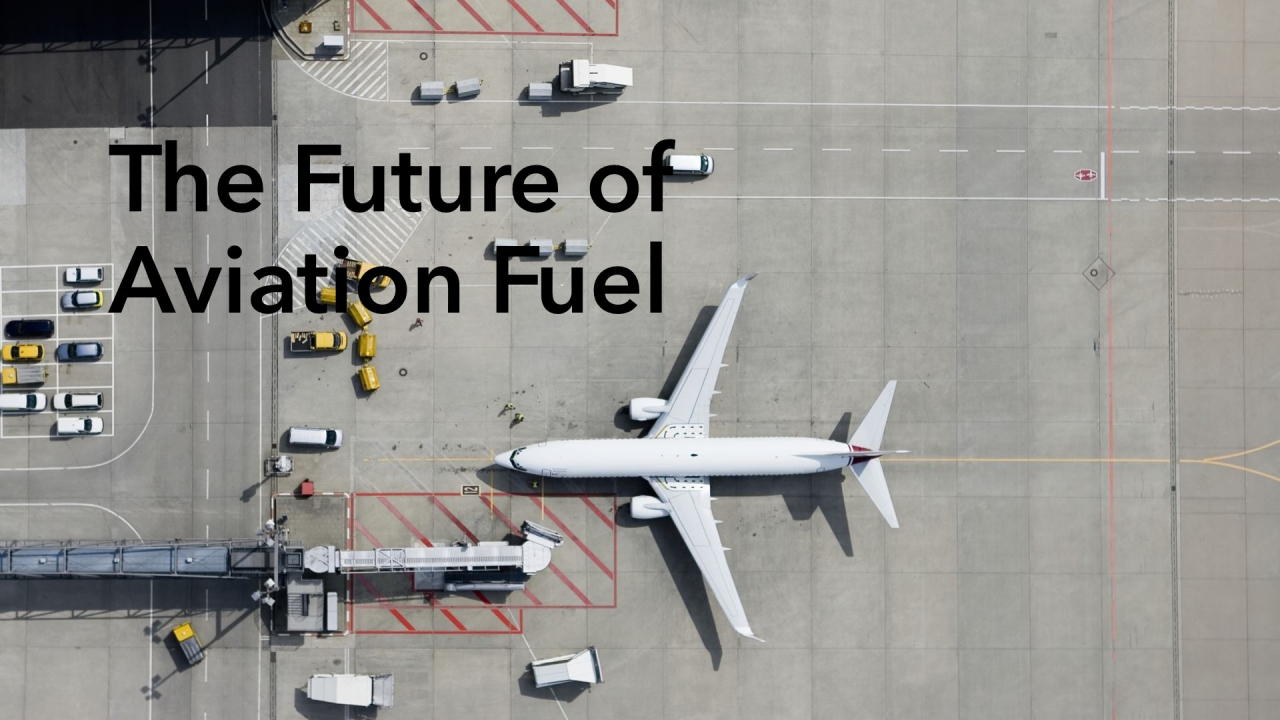
The industry's future is more focused on sustainability and safety. Jet engines are the most effective and dependable power plants for commercial airplanes. Turbine engines are internal combustion engines converting heat energy into a mechanical rotating force, used to drive compressors using turbines.
Jet A, Jet B, Jet A1, and AVGAS aeroplane fuels contain fossil fuels. The combustion of such aviation fuels produces toxic gases that contaminate the environment. The aviation sector contributes less than 2% of the global GHG emissions.
CNG and LNG have limited specific energy, making them inappropriate for use in aircraft. To ease the influence of global climate change, numerous sustainable alternatives have been developed for commercial applications.
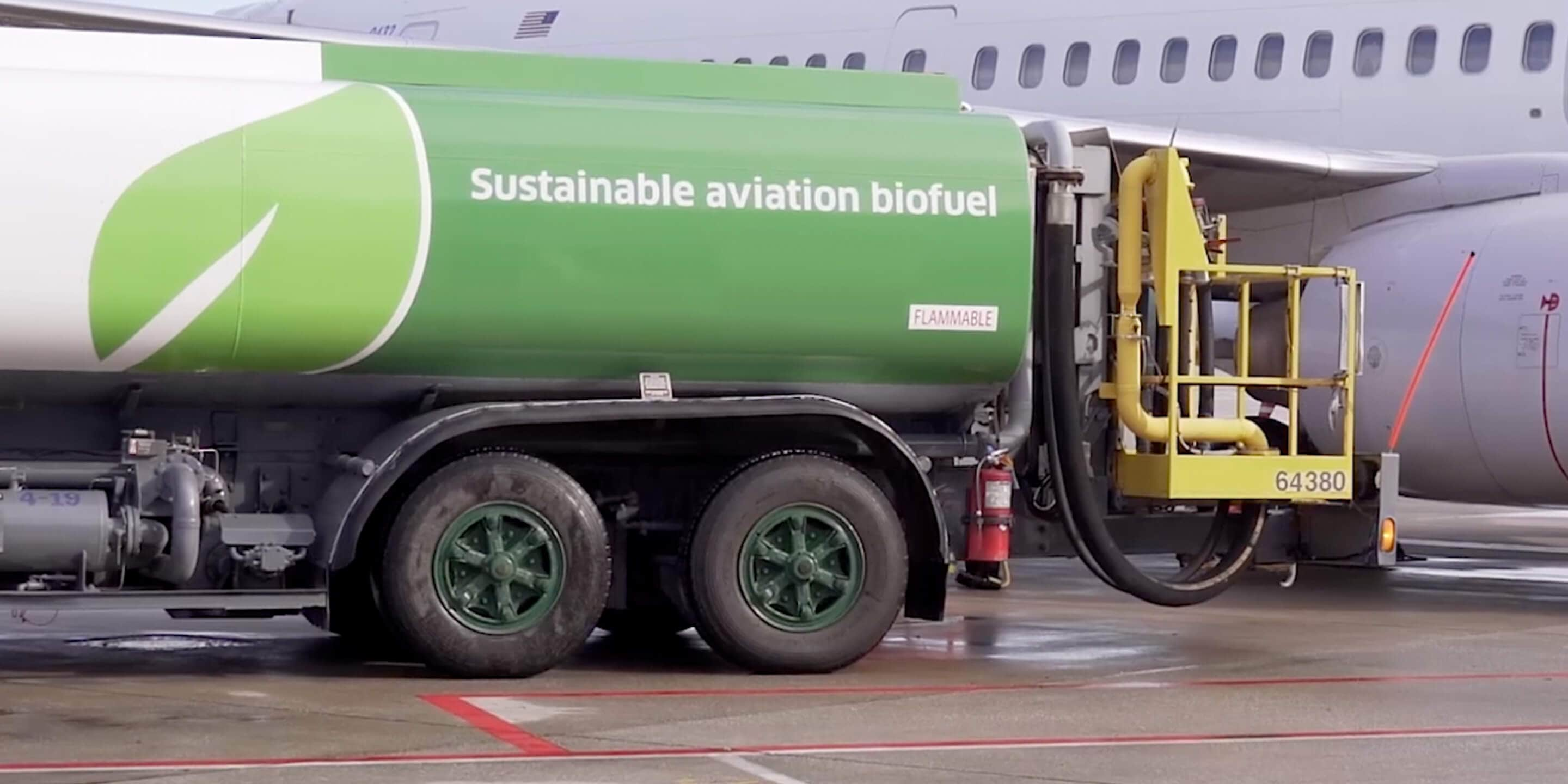
Sustainable aviation fuel is developed from sustainable sources, for example, plants and feedstocks, rather than toxic fossil fuels. Sustainable Aviation Fuel will guarantee 80% fewer carbon emissions than standard Jet A1 fuel. This fuel will create a sustainable method for boosting commercial air transportation by 2050.
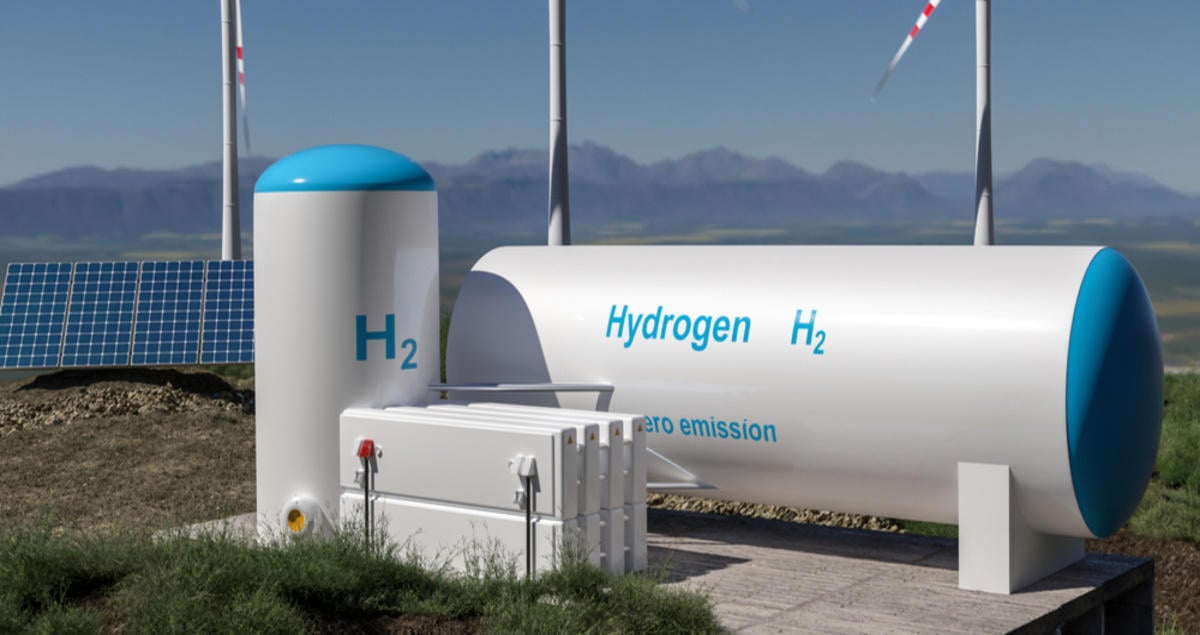
Hydrogen can be produced from natural gas, biofuels, nuclear energy, wind and solar power. This makes it a promising alternative to traditional energy sources for transportation and power generation applications.
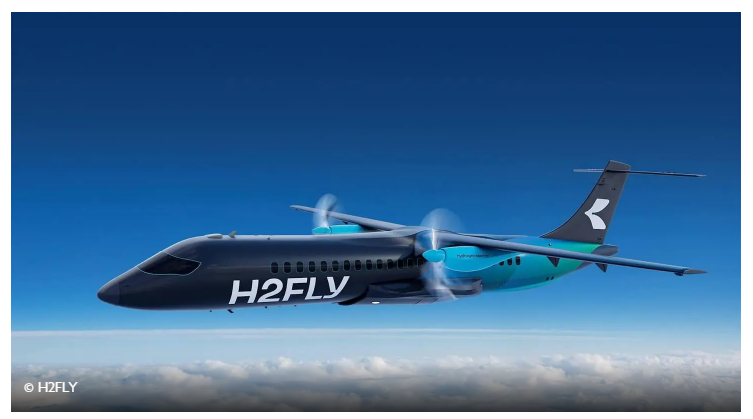
Hydrogen has three times the precise energy per unit mass of conventional jet fuel. It produces no CO2 emissions when produced from green sources through electrolysis, allowing renewable energy to power commercial airliners over great distances, even without the unwanted by-product of CO2 emissions.
Even though hydrogen has a decreased volumetric energy density than jet fuel, the aesthetic qualities of future airplanes will change to accommodate hydrogen storage systems that will be larger than existing aeroplane fuel reservoirs.
With the aviation industry going from strength to strength, there is an increasing need for commercial pilots. To become a commercial pilot, you need to join an aviation training institute like Flapone Aviation. So, what are you waiting for? Just come to us.
Connect with our aviation mentors to find the right path toward becoming a licensed aircraft pilot.